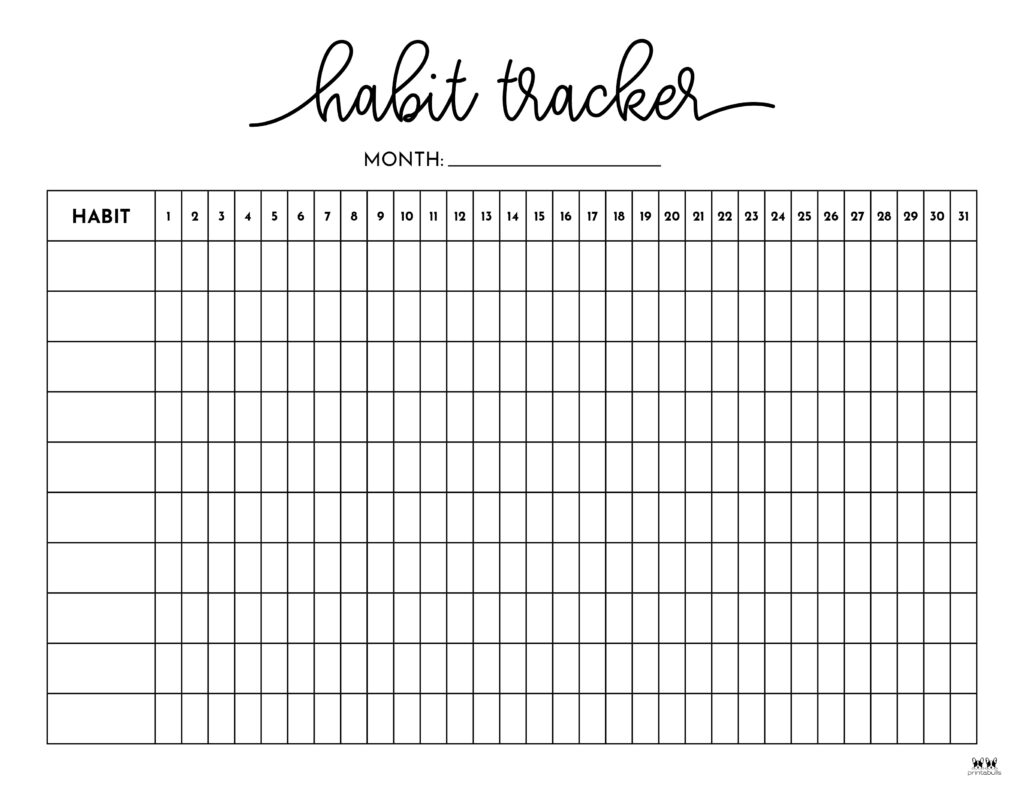Transformation isn’t about occasional efforts—it’s about consistent action. Whether you’re building a new skill, improving your health, or shifting your mindset, it’s the small, repeated steps that lead to profound change over time. In this article, you’ll discover why consistency matters, how to maintain it, and practical strategies to make lasting progress.
Why Consistency Beats Intensity
You might hear about someone’s overnight success, but the reality is often different—a story of daily effort, invisible practice, and quiet persistence.
Small Steps Build Big Results
- A 15-minute habit repeated daily compounds into major change.
- One page written per day becomes a full book in months.
- A single push-up added each day develops strength you didn’t expect.
Consistency magnifies results over time, making progress predictable and sustainable.
Consistency Builds Identity
When you show up day after day, you start to see yourself differently:
- “I’m someone who exercises regularly.”
- “I’m a writer who writes daily.”
- “I’m a person who shows up even when it’s hard.”
Your habits shape your identity—and identity shapes your actions.
Consistency Strengthens Self-Trust
Every time you keep a commitment, you invest in trust. That inner confidence fuels further action and keeps negative self-talk at bay.
Step 1: Choose Meaningful Goals
Consistency isn’t about checking boxes—it’s about direction.
Align With Your Why
Identify goals rooted in your values and passions:
- Do you want fitness to feel stronger and healthier?
- Do you need a stress outlet or creative expression?
- Does volunteering or helping others resonate with your purpose?
Meaningful goals make consistency easier to sustain.
Break It Into Daily Actions
Instead of “get healthy,” choose “walk 20 minutes,” “drink two extra glasses of water,” or “do 10 push-ups daily.”
Step 2: Design a Simple System
Consistency thrives on simplicity.
Use Time Anchors
Schedule habits in your daily rhythm:
- Walk after lunch
- Meditate before evening tea
- Write for five minutes after coffee
Anchors help bypass decision fatigue.
Keep It Manageable
Limit your routine to 1–3 daily habits to avoid overwhelm. Start small—consistency first, intensity later.
Prepare Your Environment
- Place workout gear where you’ll see it
- Keep a journaling pen by your bedside
- Keep water on your desk
A supportive environment removes friction.
Step 3: Track and Celebrate Progress
Use Habit Trackers
A simple calendar or app helps you visualize streaks—these visual cues are motivating and addictive.
Reward Yourself
Associate habits with positive feedback:
- Stretch while listening to your favorite song
- Enjoy a calm cup of tea after meditation
- Reward weekly consistency with a treat
Step 4: Overcome Challenges
Expect Tough Days
Missing a workout, skipping a session, or feeling uninspired is normal. On those days, do the bare minimum—like a five-minute walk or one paragraph write-up. Then reset tomorrow.
Use the “One More Day” Mindset
When your schedule breaks, aim for one more day at a time. Avoid declaring full stops—just keep going.
Reassess Without Guilt
If motivation fades, revisit your why, tweak habits, or break them down further. Your goal is consistency, not suffering.
Step 5: Build a Consistent Mindset
Embrace Process Over Outcome
Celebrate showing up rather than perfection. Every completion matters more than how well you did it.
Use Affirmations
Phrases like “I am someone who shows up every day” remind your mind of your identity.
Reflect Weekly
Even a five-minute reflection helps you see patterns, progress, and where you might need to adjust.
Step 6: Scale With Time
Increase Gradually
When a habit is part of your routine, grow it:
- Add minutes to your workout
- Increase writing word counts
- Introduce new complexity gradually
Add Complementary Habits
Once one habit is solid, layer another that supports growth. For instance, add a hydration habit to your fitness routine.
Case Study: Alex’s Story
Goal: Write a novel
System:
- Write 200 words daily after breakfast
- Track progress visually
- Reward weekly consistency with a “writing walk”
- Reflect monthly on progress and adjust word target slightly upward
Result: Over 6 months, Alex wrote over 36,000 words—and developed a writing identity. The real transformation wasn’t the novel—it was the disciplined mindset that now applies to new goals.
Common Pitfalls & Solutions
| Challenge | Solution |
|---|---|
| Feeling bored | Mix up formats; change time or place |
| Losing motivation | Revisit your why, join an accountability group |
| Pressure to be perfect | Set low minimums (“even 5 minutes counts”) |
| Life gets hectic | Use mini-habits on busy days |
Final Thought: Consistency Is the Catalyst
Consistency isn’t glamorous—it’s quiet, daily effort. But it is the foundation of any meaningful transformation. By choosing purposeful goals, designing a simple system, and showing up—even in small ways—you build momentum, identity, and self-trust.
Your transformation doesn’t happen in a day—but it does begin with showing up again tomorrow. Start now, stick with it, and let time be your ally.
